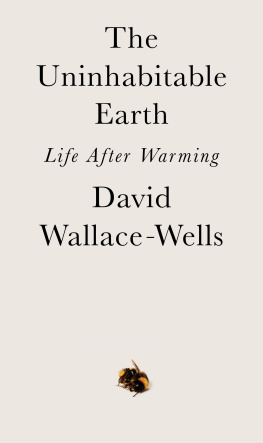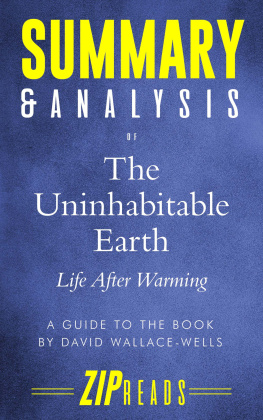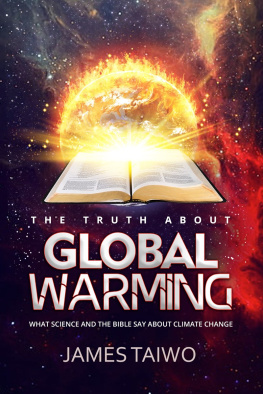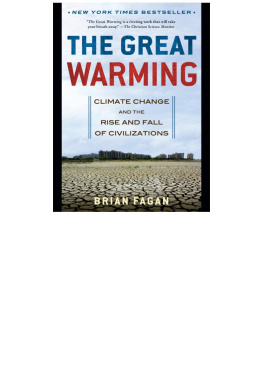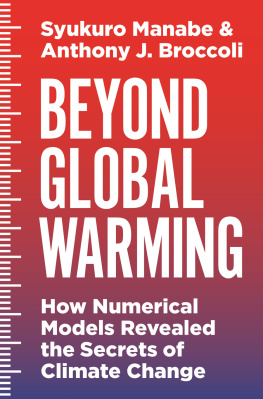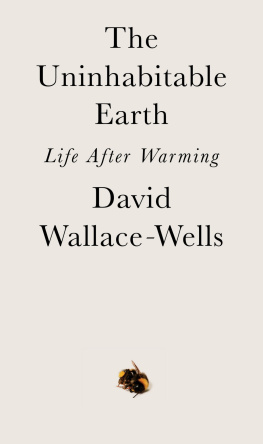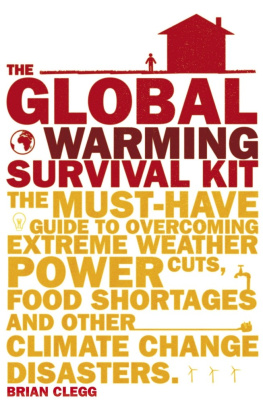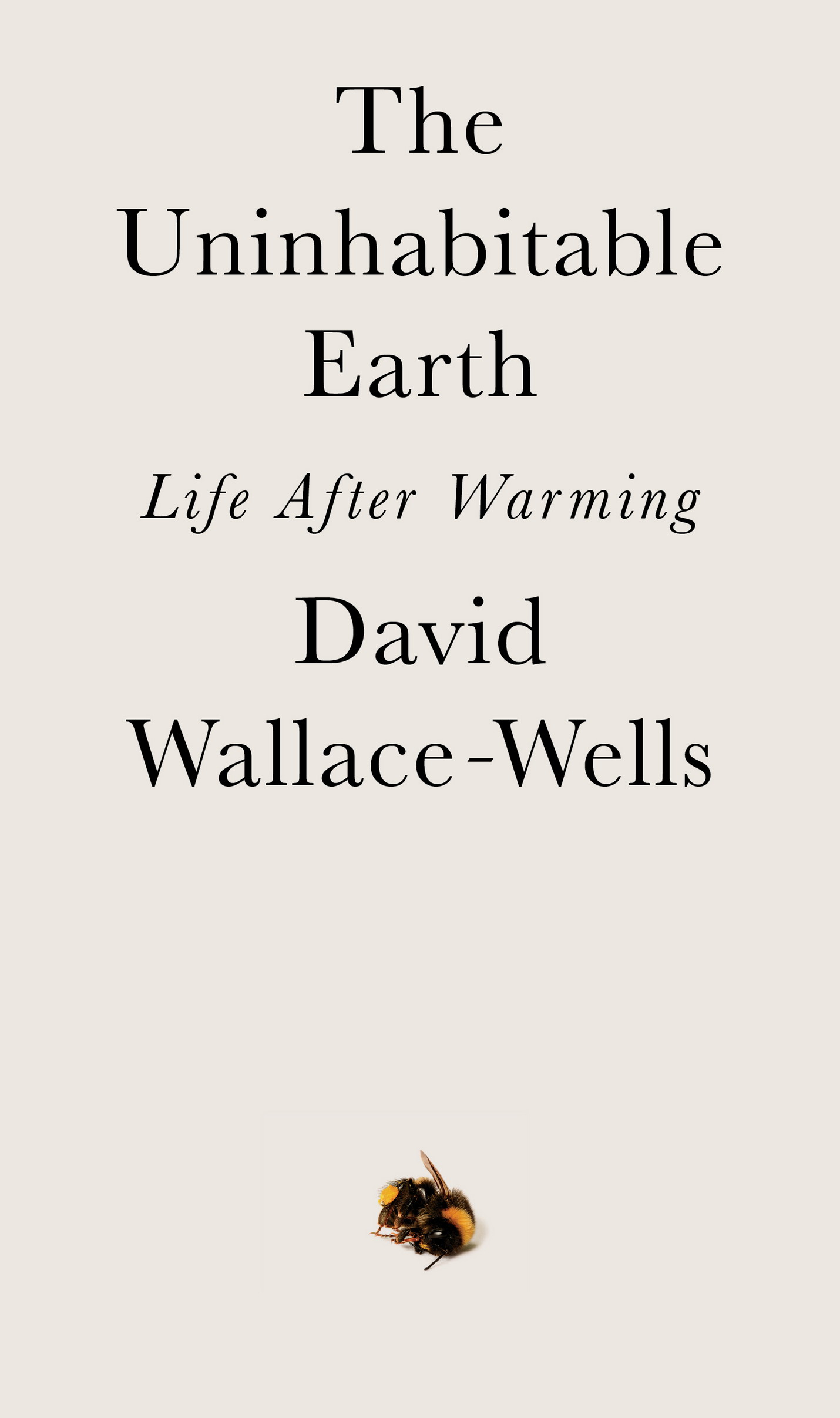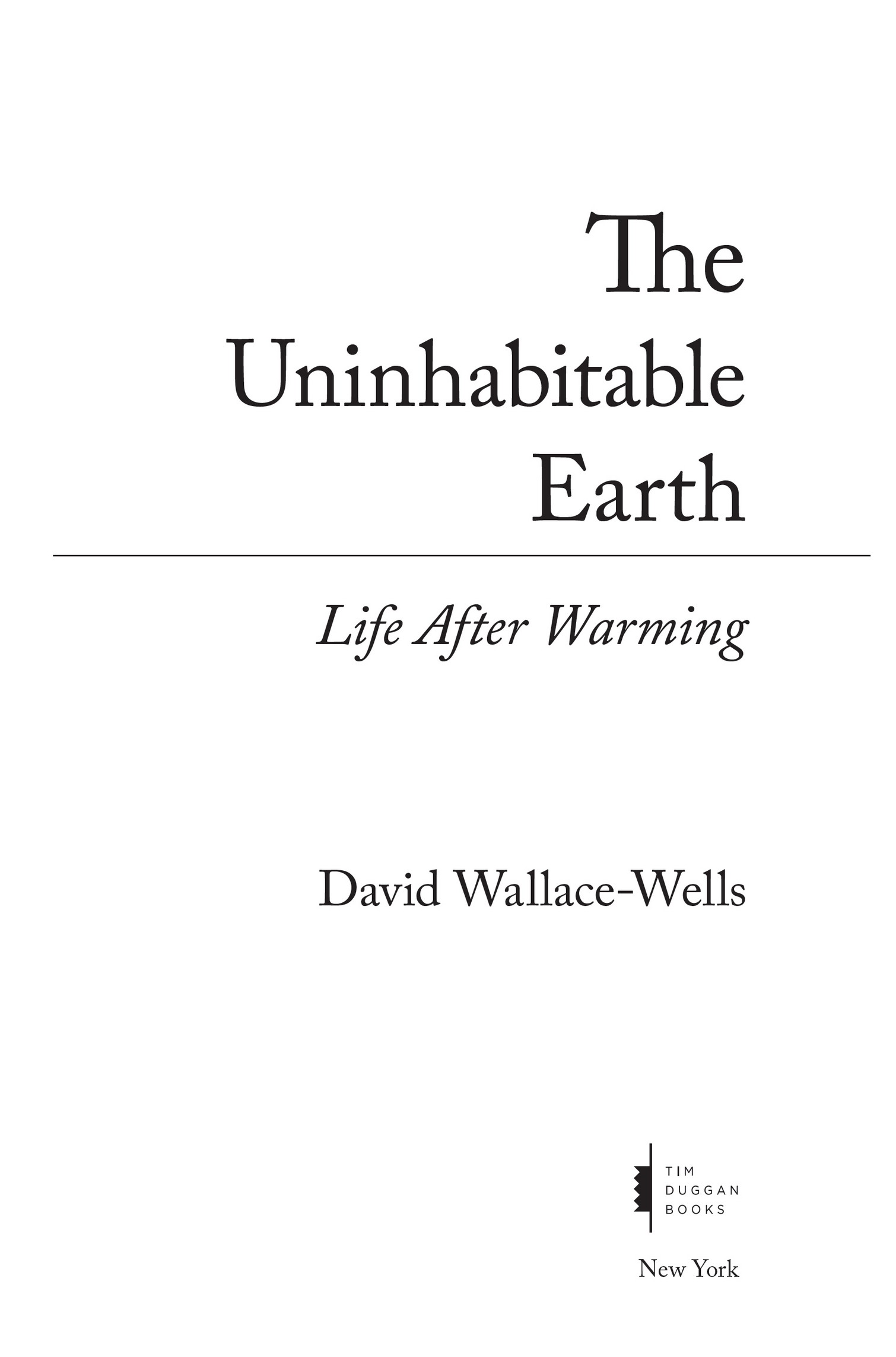Copyright 2019 by David Wallace-Wells
All rights reserved.
Published in the United States by Tim Duggan Books, an imprint of the Crown Publishing Group, a division of Penguin Random House LLC, New York.
crownpublishing.com
TIM DUGGAN BOOKS and the Crown colophon are trademarks of Penguin Random House LLC.
Library of Congress Cataloging-in-Publication Data.
Names: Wallace-Wells, David, author.
Title: The uninhabitable earth : life after warming / David Wallace-Wells.
Description: First edition. | New York : Tim Duggan Books, 2019. | Includes bibliographical references.
Identifiers: LCCN 2018051268| ISBN 9780525576709 (hardback) | ISBN 9780525576723 (ebook)
Subjects: LCSH: Nature--Effect of human beings on. | Global warming--Social aspects. | Climatic changes--Social aspects. | Global environmental change--Social aspects. | Environmental degradation--Social aspects. | BISAC: NATURE / Environmental Conservation & Protection.
Classification: LCC GF75 .W36 2019 | DDC 304.2/8--dc23
LC record available at https://lccn.loc.gov/2018051268
ISBN9780525576709
Ebook ISBN9780525576723
International edition ISBN9781984826589
Cover design by Richard Green
Cover photograph: Paustius/Shutterstock
v5.4_r1
a
For Risa and Rocca,
My mother and father
Contents
I
Cascades
It is worse, much worse, than you think. The slowness of climate change is a fairy tale, perhaps as pernicious as the one that says it isnt happening at all, and comes to us bundled with several others in an anthology of comforting delusions: that global warming is an Arctic saga, unfolding remotely; that it is strictly a matter of sea level and coastlines, not an enveloping crisis sparing no place and leaving no life undeformed; that it is a crisis of the natural world, not the human one; that those two are distinct, and that we live today somehow outside or beyond or at the very least defended against nature, not inescapably within and literally overwhelmed by it; that wealth can be a shield against the ravages of warming; that the burning of fossil fuels is the price of continued economic growth; that growth, and the technology it produces, will allow us to engineer our way out of environmental disaster; that there is any analogue to the scale or scope of this threat, in the long span of human history, that might give us confidence in staring it down.
None of this is true. But lets begin with the speed of change. The earth has experienced five mass extinctions before the one we are living through now, each so complete a wiping of the fossil record that it functioned as an evolutionary reset, the planets phylogenetic tree first expanding, then collapsing, at intervals, like a lung: 86 percent of all species dead, 450 million years ago; 70 million years later, 75 percent; 125 million years later, 96 percent; 50 million years later, 80 percent; 135 million years after that, 75 percent again. Unless you are a teenager, you probably read in your high school textbooks that these extinctions were the result of asteroids. In fact, all but the one that killed the dinosaurs involved climate change produced by greenhouse gas. The most notorious was 250 million years ago; it began when carbon dioxide warmed the planet by five degrees Celsius, accelerated when that warming triggered the release of methane, another greenhouse gas, and ended with all but a sliver of life on Earth dead. We are currently adding carbon to the atmosphere at a considerably faster rate; by most estimates, at least ten times faster. The rate is one hundred times faster than at any point in human history before the beginning of industrialization. And there is already, right now, fully a third more carbon in the atmosphere than at any point in the last 800,000 yearsperhaps in as long as 15 million years. There were no humans then. The oceans were more than a hundred feet higher.
Many perceive global warming as a sort of moral and economic debt, accumulated since the beginning of the Industrial Revolution and now come due after several centuries. In fact, more than half of the carbon exhaled into the atmosphere by the burning of fossil fuels has been emitted in just the past three decades. Which means we have done as much damage to the fate of the planet and its ability to sustain human life and civilization since Al Gore published his first book on climate than in all the centuriesall the millenniathat came before. The United Nations established its climate change framework in 1992, advertising scientific consensus unmistakably to the world; this means we have now engineered as much ruin knowingly as we ever managed in ignorance. Global warming may seem like a distended morality tale playing out over several centuries and inflicting a kind of Old Testament retribution on the great-great-grandchildren of those responsible, since it was carbon burning in eighteenth-century England that lit the fuse of everything that has followed. But that is a fable about historical villainy that acquits those of us alive todayand unfairly. The majority of the burning has come since the premiere of Seinfeld. Since the end of World War II, the figure is about 85 percent. The story of the industrial worlds kamikaze mission is the story of a single lifetimethe planet brought from seeming stability to the brink of catastrophe in the years between a baptism or bar mitzvah and a funeral.
We all know those lifetimes. When my father was born in 1938among his first memories the news of Pearl Harbor and the mythic air force of the industrial propaganda films that followedthe climate system appeared, to most human observers, steady. Scientists had understood the greenhouse effect, had understood the way carbon produced by burned wood and coal and oil could hothouse the planet and disequilibrate everything on it, for three-quarters of a century. But they had not yet seen the impact, not really, not yet, which made warming seem less like an observed fact than a dark prophecy, to be fulfilled only in a very distant futureperhaps never. By the time my father died, in 2016, weeks after the desperate signing of the Paris Agreement, the climate system was tipping toward devastation, passing the threshold of carbon concentration400 parts per million in the earths atmosphere, in the eerily banal language of climatologythat had been, for years, the bright red line environmental scientists had drawn in the rampaging face of modern industry, saying, Do not cross. Of course, we kept going: just two years later, we hit a monthly average of 411, and guilt saturates the planets air as much as carbon, though we choose to believe we do not breathe it.
The single lifetime is also the lifetime of my mother: born in 1945, to German Jews fleeing the smokestacks through which their relatives were incinerated, and now enjoying her seventy-third year in an American commodity paradise, a paradise supported by the factories of a developing world that has, in the space of a single lifetime, too, manufactured its way into the global middle class, with all the consumer enticements and fossil fuel privileges that come with that ascent: electricity, private cars, air travel, red meat. She has been smoking for fifty-eight of those years, unfiltered, ordering the cigarettes now by the carton from China.
It is also the lifetime of many of the scientists who first raised public alarm about climate change, some of whom, incredibly, remain workingthat is how rapidly we have arrived at this promontory. Roger Revelle, who first heralded the heating of the planet, died in 1991, but Wallace Smith Broecker, who helped popularize the term global warming, still drives to work at the Lamont-Doherty Earth Observatory across the Hudson every day from the Upper West Side, sometimes picking up lunch at an old Jersey filling station recently outfitted as a hipster eatery; in the 1970s, he did his research with funding from Exxon, a company now the target of a raft of lawsuits that aim to adjudicate responsibility for the rolling emissions regime that today, barring a change of course on fossil fuels, threatens to make parts of the planet more or less unlivable for humans by the end of this century. That is the course we are speeding so blithely alongto more than four degrees Celsius of warming by the year 2100. According to some estimates, that would mean that whole regions of Africa and Australia and the United States, parts of South America north of Patagonia, and Asia south of Siberia would be rendered uninhabitable by direct heat, desertification, and flooding. Certainly it would make them inhospitable, and many more regions besides. This is our itinerary, our baseline. Which means that, if the planet was brought to the brink of climate catastrophe within the lifetime of a single generation, the responsibility to avoid it belongs with a single generation, too. We all also know that second lifetime. It is ours.

